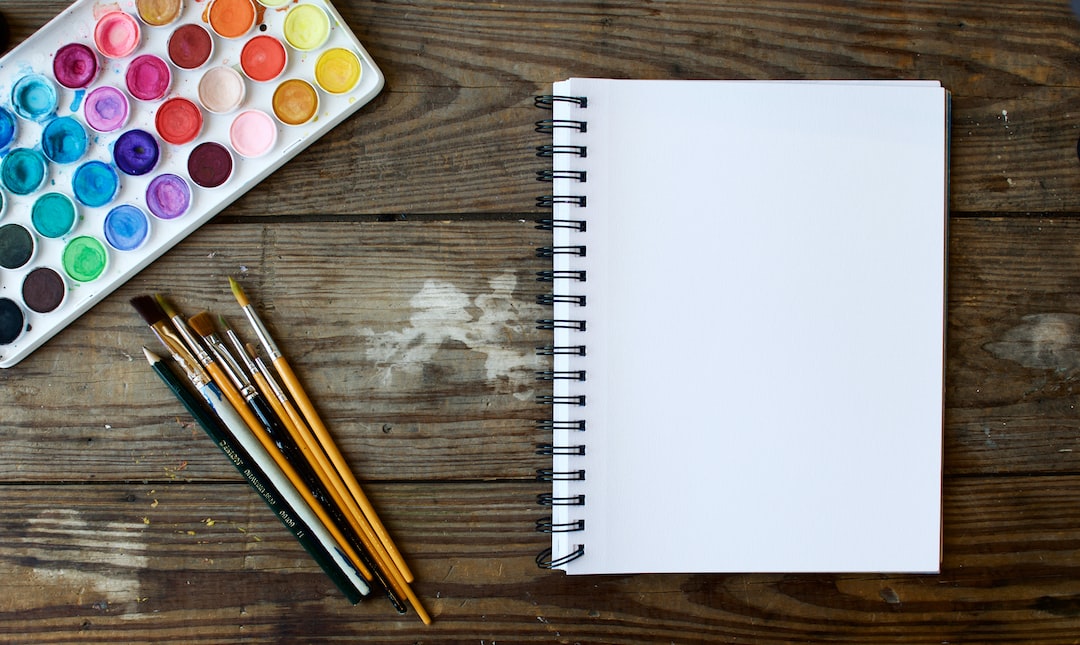Have you ever wondered why certain colors evoke certain emotions? Why you feel serene when you see a calming blue sky, or energized when you surround yourself with vibrant reds? Color is an incredibly powerful element in art, capable of invoking a wide range of psychological effects on the viewer. In this blog post, we will explore the intriguing world of colors and their psychological impact in art.
Colors have the ability to influence our moods, emotions, and even our behavior. Artists throughout history have recognized and harnessed this power, using it to communicate their ideas and evoke specific reactions from their audience. Let’s delve into some of the most prominent colors and delve into their psychological effects.
Blue, often associated with calmness and tranquility, has a soothing effect on the viewer. It is commonly used in artworks to create a sense of serenity and peace. The color blue has been found to lower blood pressure and heart rate, making it an ideal choice for creating a relaxing environment. Think of the works of famous artists like Monet or van Gogh, who utilized various shades of blue to capture the tranquil beauty of nature.
On the other end of the spectrum, red is a color that demands attention. It symbolizes passion, power, and energy. In art, red is often used to convey strong emotions and evoke a sense of intensity. It can create a feeling of excitement and urgency, stimulating the viewer both physically and emotionally. Artists like Mark Rothko used bold reds to provoke an emotional response and capture the viewer’s attention.
Yellow, the color of sunshine and happiness, is associated with optimism and joy. It is often used in art to create a sense of positivity and warmth. Yellow has been shown to stimulate mental activity and increase focus, making it an ideal choice for stimulating creativity. When used in moderation, yellow can create a sense of vibrancy and energy in a piece of artwork.
Green, the color of nature, is often associated with growth and harmony. It has a calming effect on the viewer, promoting a sense of relaxation and balance. Green is commonly used in landscapes and nature-themed art to create a connection with the natural world. Studies have shown that being exposed to the color green can reduce stress and improve mood, making it an excellent choice for creating a sense of tranquility in art.
Colors such as purple and orange have their own unique psychological effects. Purple is often associated with royalty and luxury, symbolizing creativity and spirituality. It can create a sense of mystery and intrigue in art, captivating the viewer’s attention. Orange, on the other hand, is a warm, energetic color often associated with enthusiasm and motivation. It can create a sense of excitement and encourage action, making it a powerful tool for artists seeking to convey energy and movement.
The psychological effects of color go beyond just influencing our emotions; they can also impact our perception of space and form. By manipulating color, artists can create depth and perspective in their artworks. Warm colors, such as red, yellow, and orange, tend to appear closer to the viewer, while cool colors, such as blue and green, recede into the background. This technique, known as color perspective, can give a sense of three-dimensionality to a two-dimensional artwork.
In conclusion, colors have a profound impact on our psychological state and perception of art. Whether it’s the calming effect of blue, the fiery intensity of red, or the joyful energy of yellow, each color has its own unique ability to evoke specific emotions and responses. As artists continue to explore the power of colors, they will undoubtedly uncover new ways to connect with and move their audience. So next time you appreciate a piece of artwork, take a moment to consider the colors and how they contribute to its overall effect.

